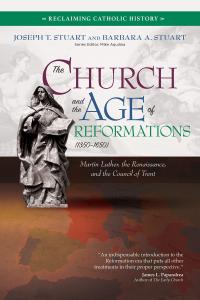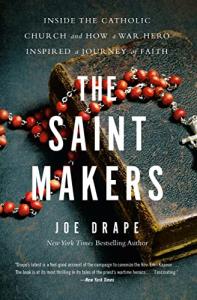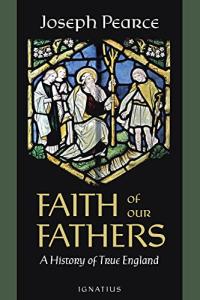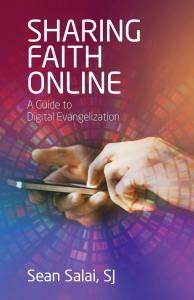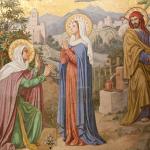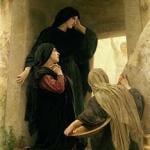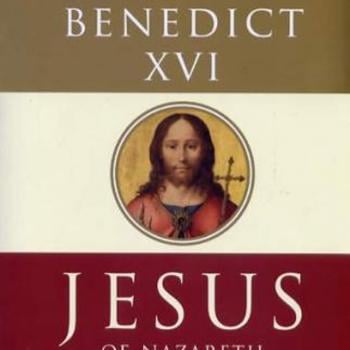The year keeps going and the books keep getting written and published.
My goal in this post is simply to alert you to what is out there for you to read.
So here are some newly published or soon to be published books that caught my eye.
These Twelve : The Gospel Through the Apostles’ Eyes (2022) Catholic Answers Press
by Rod Bennett
These Twelve is certainly nothing so ambitious as a life of Christ; so please don’t be surprised to find me leaving out many of the most famous scenes and neglecting important parts of the larger story. It’s more in the nature of a flyover, as it were, highlighting a few perhaps neglected connections within the narrative that might possibly have some bearing on the issues in question.
Like the author of The Chronicles of Narnia and Out of the Silent Planet, imagination is as central to my life and work as the more conventional theological or devotional part. So I hope you won’t be surprised to see me make one or two imaginative leaps in these pages—educated guesses, I suppose, at biographical details lost to the wreck of the ages—in my efforts to connect some of the dots. I have cited Scripture and the early Fathers extensively along the way in an effort to keep at least one foot on the ground. But, if you take the book as one more layman’s effort (and C.S. Lewis was perhaps the most celebrated Christian layman of the twentieth century) to engage your imagination on the subject, too—rather than an attempt at genuine scholarship—I expect you’ll do fine.
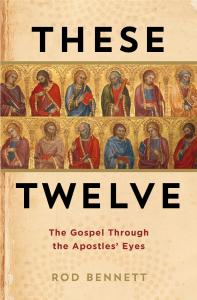
The Way of Beatitude (2022) Ave Maria Press
by Casey Cole OFM,
This is the invitation of the Beatitudes. What Jesus offers to the hopeless, poor, oppressed people of his time is a third option. Rather than respond with violence or give in to despair, he shows us a path to true blessedness. For many it is the life that they already know. For Jesus, there is something about poverty, mourning, meekness, hunger, mercy, purity, peace, and persecution that not only prepares one for the future reality of the kingdom of heaven, but makes one blessed in the here and now. He does not say that those who experience these things will be blessed, but that they are blessed. By virtue of their experience, because of the qualities they possess, they find themselves already partakers in the divine life.
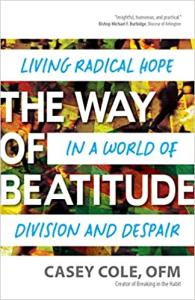
The Orthodoxy of Amoris Laetitia (2022)
by Pedro Gabriel
By publishing Amoris Laetitia and changing the discipline regarding Eucharistic access to the divorced and remarried, Pope Francis had finally done something that no other of his immediate predecessors had done before. In fact, it seemed like he actually and blatantly contradicted St. John Paul II and Benedict XVI. The accusations that had simmered in the previous three years had finally found an outlet. Amoris Laetitia had become the proof of the pope’s heterodoxy. From now on, Amoris Laetitia could be invoked as a validation of the suspicions raised against Francis since his election. In this context, it is no wonder that my (or any other) arguments in favor of the orthodoxy of Amoris Laetitia were met with skepticism. However, this context also shows why I think a book defending the orthodoxy of this apostolic exhortation is urgent. For, in the meantime, the apologetics movement has started to produce arguments meant to undermine papal authority, something utterly incompatible with Catholicism’s very own DNA.
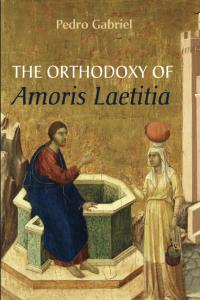
Befriending St. Joseph (2022) Ave Maria Press
by Deacon Greg Kandra
Yes, Joseph is the official patron of the Universal Church, of workers, fathers, expectant mothers, families, carpenters, realtors, immigrants, laborers, cemetery workers, happy deaths, and so much more. (A rough tally counts more than forty-five other patronages!) But I think his role is yet greater than all of that. Joseph is a man for us all and a saint to walk with us and bring us courage. From all of these threads, this little book you now hold in your hands was woven together. It is a work of reflection, contemplation, prayer, and hope. I hope it helps you befriend this saint in new and life-affirming ways.
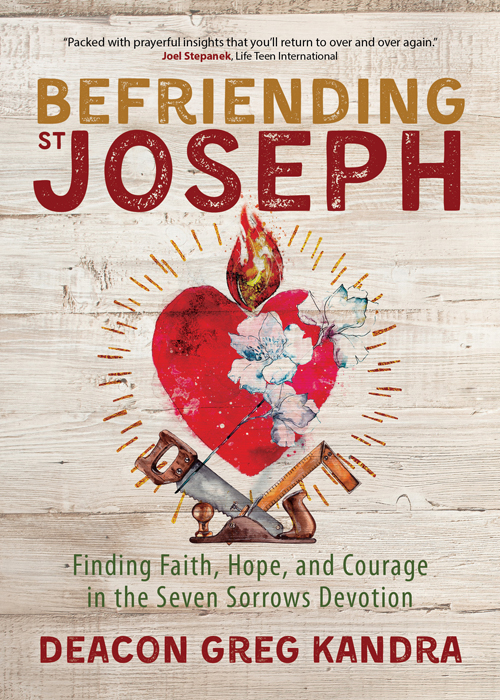
The Sorrows and Joys of Mary (2022) Apocryphile Press
by Mary Pezzulo
Read More About Author Mary Pezzulo and her works.
Sister Mary Thomasina was an expert in teaching Catechism. We prayed at least a decade of the Rosary per day, with Sister Mary Thomasina introducing each mystery and a child volunteer leading the Hail Marys on a great big knotted cord. Sister Mary Thomasina wouldn’t just say the name of the mystery. She would take several minutes to tell a lively, animated, improvised version of each Mystery for us to think about while we prayed our ten Hail Marys. And that is still the way that I pray.
One year, during Advent, I started to write these lively Gospel meditations down. I meditated on the mysteries of the Rosary of the Seven Sorrows and on the particular set of Seven Joys that is known as the Franciscan Crown. That left me with fourteen meditations on the life of the Virgin Mary, seven of them sad and seven of them happy. I posted them to my blog during the four weeks of Lent, and they were popular. I decided to put them down in a book, in case anybody else wanted to meditate on the Seven Sorrows and the Seven Joys.
But it looked so strange to just write seven sad meditations, then go back to the beginning and write seven happy ones. So I decided to meditate on the Sorrows and Joys in chronological order in the life of the Mother of God: three joys, then some sorrows, then back to joy, then a whole string of the most terrible sorrows on the Via Dolorosa, and then the purest joy.
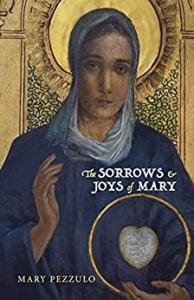
A Catholic Pilgrimage through American History (2022) Ave Maria Press
by Kevin Schmiesing
Certain places acquire profound meaning. They have been sanctified by divine grace channeled through human activity. Usually this human action involves sacrifice of some kind: labor, charity, or—frequently—the spilling of blood. This makes etymological sense, because the word sacrifice comprises the Latin roots sacer and facio: to make sacred. (The same sensibility accounts for Catholic reverence toward a church altar as the place where the Holy Sacrifice of the Mass is enacted every day.) Many Americans have experienced the movement of spirit elicited by physical presence at national landmarks: the sting of tragedy at the battlefields of Gettysburg; humbling awe at the majestic display of nature in the Grand Canyon; anger and sadness at the 9/11 memorial in New York. How much more should American Catholics take notice of those places that witnessed extraordinary moments in the ongoing saga of salvation, the Church’s history in our nation?

Jane Austen’s Genius Guide to Life (2022) Ave Maria Press
by Haley Stewart
While Dante examines vice and virtue through a supernatural setting of the afterlife, Jane Austen examines these things in the everyday world of the living. Without resorting to heavy-handed moralisms, Jane Austen offers a rich tapestry of compelling characters, some of whom cause us to consider the question, “How can I live well?” while others lead us to consider the ways we might fail. Some of her characters make minor moral compromises that they later regret. Others destroy families with their fickle desires and vices. In the communities of Austen’s novels, vices contrast starkly with the virtues that are necessary to conquer them. Like the statues of Our Lady decorating the mountain of purgatory, Austen’s characters reveal how virtue can and must overcome sin, which must be purged so we can become the people God designed us to be.

The Church and the Age of Reformations (2022) Ave Maria Press
(1350–1650) (Reclaiming Catholic History)
by Joseph T Stuart and Barbara A. Stuart
Luther eventually broke from the Church and changed religion in ways he never imagined or intended, launching a religious revolution that altered the course of modern history. How did such a result come about, especially when there were so many examples of successful reform within the Church over the centuries?
The Council of Jerusalem in AD 50, for example, and the Cluniac Reform and the Fourth Lateran Council in the Middle Ages, advanced reform and at the same time maintained the unity of the Church. Why did this not happen in the 1500s? Reform had long been central to Christian life. So why did mutually exclusive ideas of reform arise in the Age of Reformations, gain so many supporters, and cause so much division?
What went wrong in the late Middle Ages? And what were the consequences of the new situation pitting Catholics against Protestants and Protestants against each other? Also, what principles guided Catholic reformers and saints who continued to maintain unity with the Church during this time of crisis? These are the questions this book addresses, covering the years 1350–1650.
